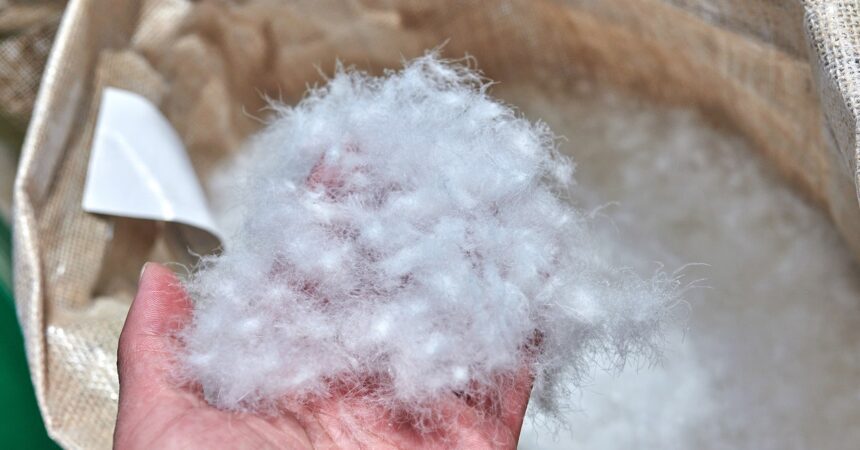When all factors are equal, an ounce of 800-fill down will provide more warmth than an ounce of 650-fill down, and it will compress to a smaller size, making it easier to pack into a pocket or bag. Generally, higher-fill down tends to be more expensive, and once you reach the range of 800 to 1,000 fill power, you can expect to pay several hundred dollars for items such as a specialized outdoor parka, a winter sleeping bag, or a soft bed comforter.
What About Synthetic Insulation?
Unlike down, synthetic down alternatives like PrimaLoft don’t use fill power as a standard measurement. This makes it more challenging to compare the warmth of two jackets effectively.
One method to consider is to check the insulation weight of the garment; however, manufacturers don’t always provide this information. Even if you contact customer service to inquire about the fill weight, any comparison is complicated if the type of synthetic insulation varies from one jacket to another. For instance, PrimaLoft Gold differs from PrimaLoft Silver, and both are distinct from 3M Featherless. Unfortunately, there isn’t a straightforward metric to compare synthetic insulation like the down fill power used for goose down.
Moreover, synthetic insulation doesn’t compress as compactly as goose down, nor does it currently achieve the same level of warmth. To create a synthetic jacket that matches a down jacket’s warmth, manufacturers must incorporate more insulation, resulting in a bulkier and puffier design. Personally, I exclusively choose goose down when operating in temperatures below 30 degrees Fahrenheit.










